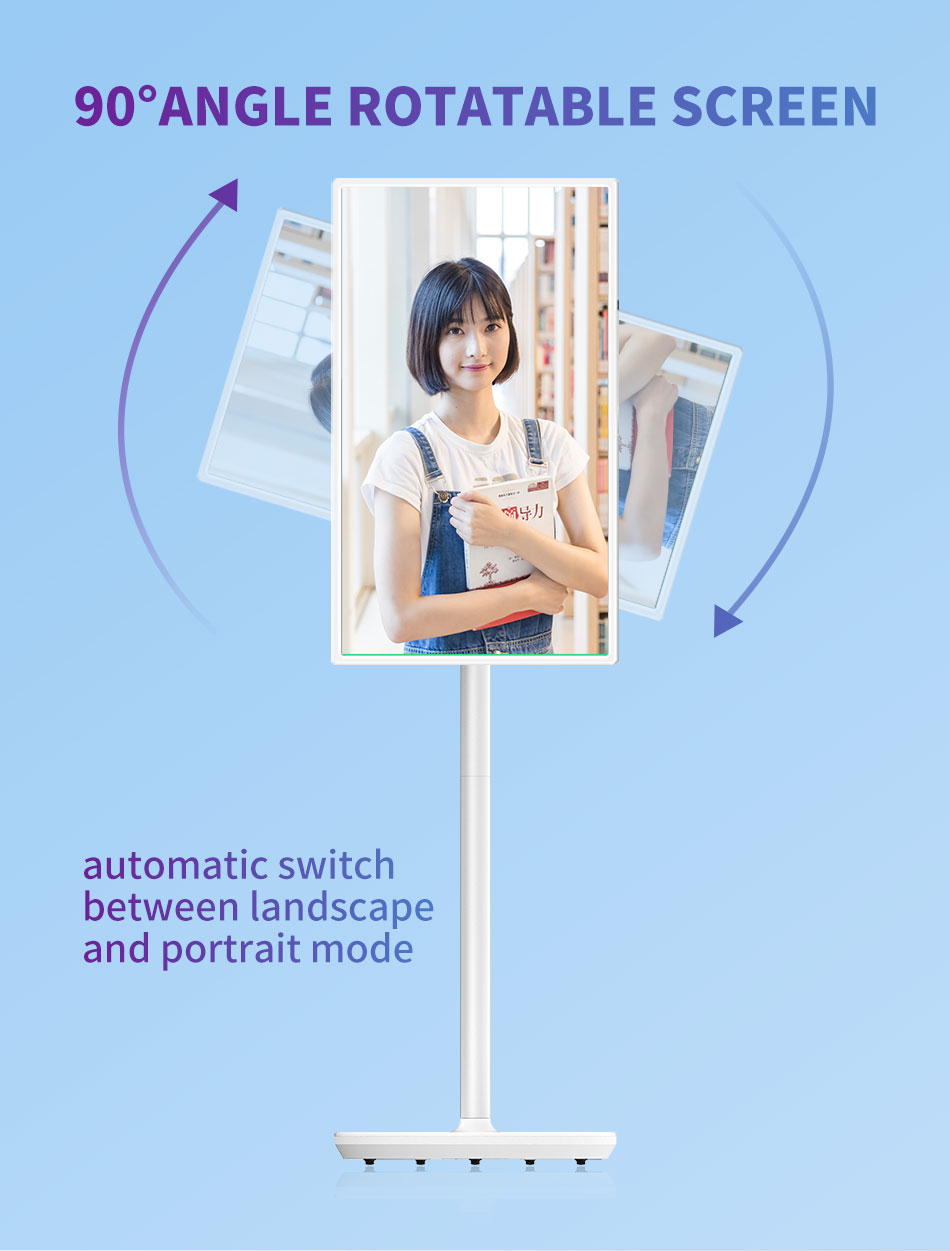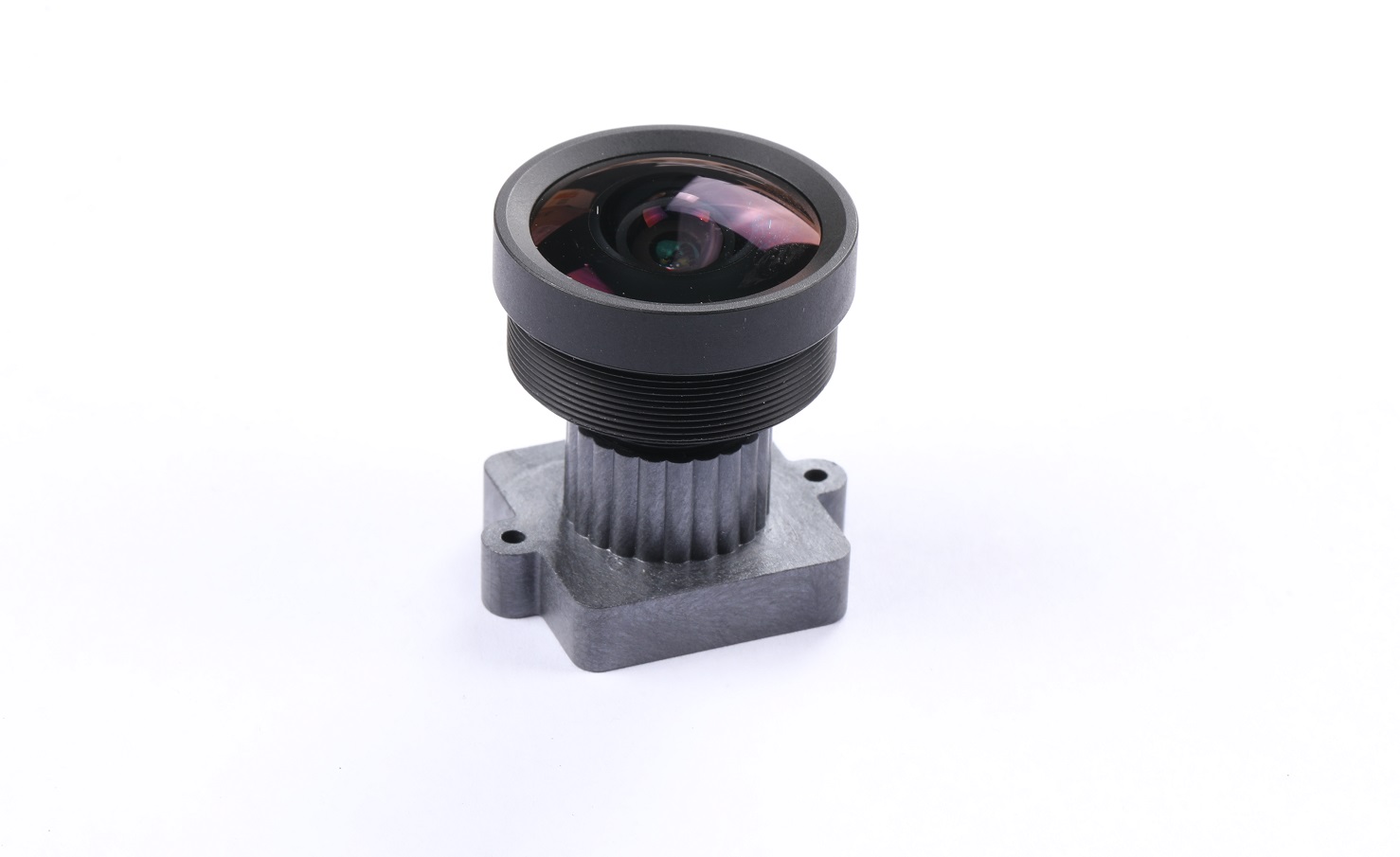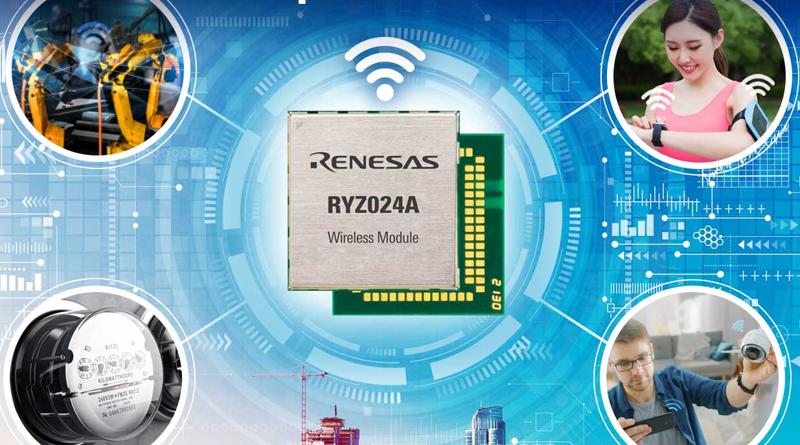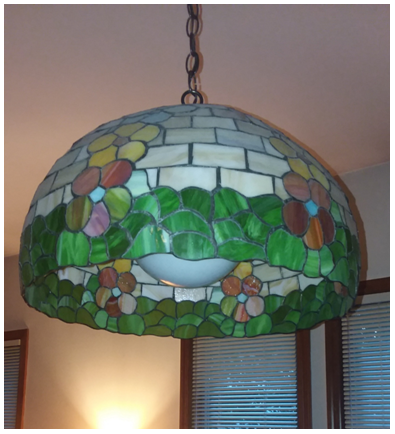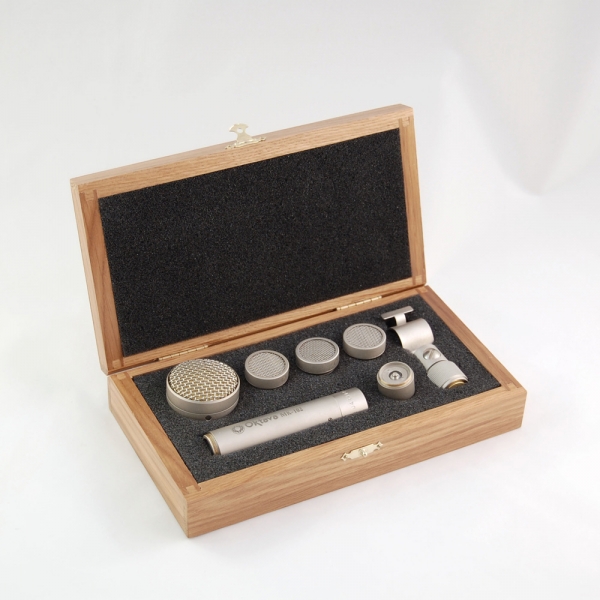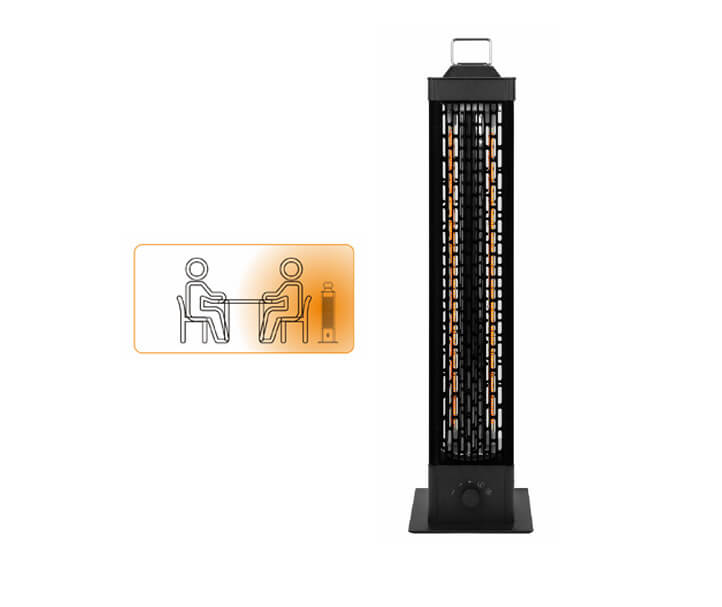
Thunderbolt: Good industry
- Consumer
- 2023-09-23 22:51:26
As long-time readers may recall, last year I had an underwhelming experience in attempting to assemble a personal workstation based on an AMD Threadripper 3960x processor foundation. In the “post-mortem” piece, I noted that while I wasn’t sure if I’d hold onto the motherboard for another attempt down the road (I’m still undecided), I definitely intended to reuse the two add-in cards (AICs) originally included with the motherboard in other future system builds. I’m speaking here of the hardware RAID-capable multi-m.2 NVMe SSD card:
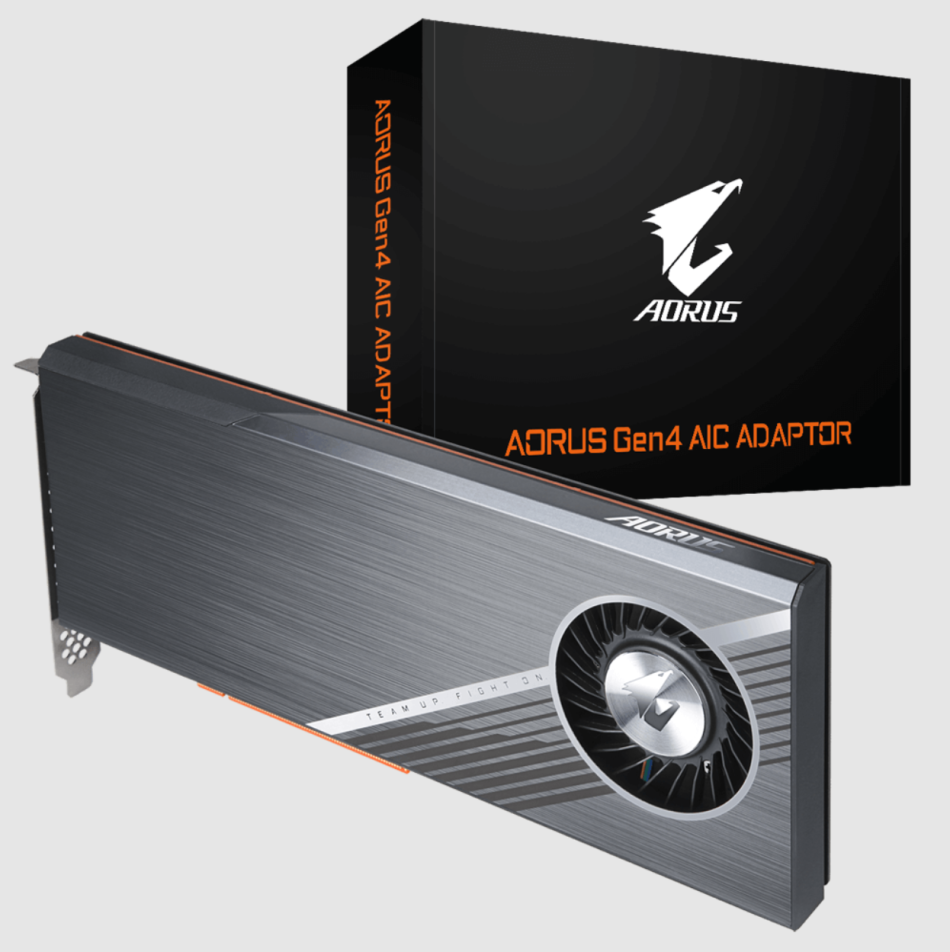
and, specific to this particular writeup, the Thunderbolt 3 card:




But…you know the saying, “The road to hell is paved with good intentions?” Here’s what I wrote in that post-mortem, as a teaser for this more in-depth treatment of the topic:
The actualization of my TB3 card plans ended up being somewhat convoluted and restrictive, courtesy of OEMs’ proprietary implementations of the supposed industry standard. Stay tuned for a focused-topic piece to come soon, with more details on my travails and solutions.
I’d been curious to try out Intel’s “hybrid” 12th generation Alder Lake CPUs (more recently superseded by tweaked 13th-generation Raptor Lake successors), comprising a mix of “P” (performance) and “E” (efficiency) processor cores conceptually similar to Arm’s big.LITTLE architecture. And when I saw the ASUS Prime B660-PLUS D4 motherboard on sale at Newegg for $109.99 last summer, I thought I’d found the cost-effective and otherwise perfect platform to put both aspirations—next-gen CPU experimentation and AIC reuse—into action. The ASUS motherboard handled 12th gen (and even the newer 13th gen) Intel CPUs. It supported cost-effective DDR4 SDRAM. And it even had an integrated Thunderbolt 4 header and BIOS support!

Unfortunately, however, that plan didn’t pan out. Two weeks after ordering the motherboard, I’d returned it. Part of the reason, admittedly, was that it was a full-size ATX board; all other factors equal (or even similar), my preferences lean toward the more svelte microATX form factor. But the bigger issue was, it turns out, that Thunderbolt-supportive motherboards and Thunderbolt-supportive AICs aren’t necessarily supportive of each other. Allow me to explain.
ASUS has to date developed (I think) three generations’ worth of Thunderbolt AICs:
The Thunderbolt 2 (TB2)-based ThunderboltEX II and ThunderboltEX II/DUALThe Thunderbolt 3 (TB3)-based Thunderbolt EX 3 and Thunderbolt EX 3-TR, andThe Thunderbolt 4 (TB4)-based ThunderboltEX 4Ironically, ASUS’ AICs aren’t hardware-interoperable with all Thunderbolt-supportive ASUS motherboards, even putting aside for the moment whether a particular ASUS motherboard’s BIOS software recognizes and fully supports a particular AIC. The hardware “header” connector for TB4 AICs is a “14-1” pin arrangement (a 14-pin header with one pin missing from the “male” connector and the corresponding “female” connector through-hole filled in, to ensure you don’t orient the two connectors wrong when mating), while that for TB2 and TB3 cards is 5-pin.
GIGABYTE has also developed multiple generations’ worth of Thunderbolt AICs (again, I think the following list is to-date complete):
The TB2-based GC-THUNDERBOLT 2The TB3-based GC-ALPINE RIDGE ( 1.0 and rev. 2.0) and GC-TITAN RIDGE (again, rev. 1.0 and rev. 2.0, the latter supporting dual cables/connectors …keep reading…), andThe TB4-based GC-MAPLE RIDGEGIGABYTE has standardized on a five-pin Thunderbolt header on its motherboards, referred to as the THB-C connector…at least until the TB4 generation, when it also switched, to a 5-pin (THB-C1) plus 3-pin (THB-C2) dual-connector scheme. To wit, beginning with the rev. 2.0 GC-TITAN RIDGE card (mine’s a rev 1.0), GIGABYTE added to the board and broader kit support for a second included Thunderbolt cable with a three-pin connector at the end, unnecessary for TB3-and-earlier motherboards but presumably with TB4 future-motherboard forward compatibility in mind.
I’m not clear on whether ASUS and GIGABYTE’S 5-pin Thunderbolt headers are compatible with each other, but the five-pin THB-C header offered by my rev. 1.0 GC-TITAN RIDGE AIC was clearly incompatible with ASUS’s TB4 14-1 pin approach, not to mention being a seeming mismatch (again, keep reading) with GIGABYTE’s own dual-connector TB4 scheme. And I should point out before continuing that ASUS and GIGABYTE aren’t the only vendors who sell Thunderbolt-based AICs and Thunderbolt-supportive motherboards.
MSI, for example, also offers both TB3 and TB4 AICs, as does ASRock with TB2, TB3, and TB4 AICs. A quick scan of the MSI AICs’ specifications indicates that whereas the ThunderboltM3 supports a five-pin Thunderbolt header, the ThunderboltM4 switches to a 16-pin connector. And per Gill Boyd, whose BuildOrBuy YouTube channel I’ve recommended before, ASRock has gone with a five-pin header for TB4. Bottom line: all four vendors’ TB4 headers are incompatible with each other, and at least three of them are also inconsistent with their prior-gen headers. See for yourself:
Sigh.
Back to ASUS and GIGABYTE. I wasn’t quite ready to give up yet. Tipped off by customers’ posted comments at Amazon as well as posts on GIGABYTE’S user forum and various Hackintosh discussion boards, I’d come across a great blog post discussing (among other interesting topics) how to jumper the Thunderbolt connector on the rev 1.0 GC-TITAN RIDGE AIC to get it working with (at least some) motherboards that don’t contain a compatible (or any, for that matter) Thunderbolt header. That said, after a bit of email back-and-forth with the blog author (which included his insight that the mate to the AIC-installed connector, which makes jumpering particularly easy, is a Molex 70553-0004, single-unit quantities of which are available for purchase here), my suspicions were unfortunately confirmed:
A motherboard absent a hardware Thunderbolt header is unlikely to have BIOS software support for Thunderbolt either (and unofficial retrofits aren’t for the faint of heart), save perhaps for MacOS systems and Hackintoshes (hold that thought), andEven if a motherboard does have a Thunderbolt hardware header, the vendor has undoubtedly hard-coded the BIOS to support only Thunderbolt AICs from that same vendor (and only particular ones, at that, per my earlier ASUS comments)Maddening. And thereby also explaining why I ended up sending back the ASUS Prime B660-PLUS D4 to Newegg within the 30-day refund timespan. Equally frustrating, I’ve concluded that the replacement motherboard I ordered from Newegg, GIGABYTE’s B660M GAMING X AX DDR4, probably isn’t going to work, either, even just in a backwards-compatible TB3-only fashion that solely leverages the THB-C1 header (though I’ll still test it for curiosity’s sake).

Why? Well, the B660M GAMING X AX DDR4 isn’t listed on the GC-TITAN RIDGE rev. 1.0 compatibility list, for one thing…although given that the AIC predated the motherboard and all vendors are historically (in my longstanding experience) notoriously bad about keeping their existing products’ support lists updated as new products are released, that omission in and of itself isn’t definitive. One could also argue that if the GC-TITAN RIDGE rev. 1.0 would work, why did GIGABYTE bother releasing the dual-cable/dual-header-supportive GC-TITAN RIDGE rev. 2.0…although the motherboard isn’t included on that AIC’s supported list, either…
Like I said before, I’ll try it anyway and see what happens. That said, I’ve also (pragmatically? cynically?) gone ahead and sprung for an “insurance-policy” successor. I found a GIGABYTE GC-MAPLE RIDGE TB4 AIC for $89.99 in claimed like-new condition from Amazon’s Warehouse section…and yes, the motherboard is listed as supported in this case. All of which brings me back to my initial question: if I decide not to jump back in the ring for round 2 of the AMD Threadripper personal workstation wrestling match, what am I going to do with my GC-TITAN RIDGE rev. 1.0 AIC (aside from donating it along with the motherboard to charity, that is)?
Well, for one thing, the GC-TITAN RIDGE rev. 1.0 turns out to be compatible (after a bit of hacking, at least) with my MacPro3,1, whose intrinsic longevity (along with that of its MacPro6,1 successor) has recently been extended thanks to a slick (albeit non-Apple-sanctioned) software package called the OpenCore Legacy Patcher. OpenCore coincidentally is also the successor to several “Hackintosh” software development suites (Clover, et al.) that I’ve mentioned in past writeups. To wit, as long-time regular readers may also recall, I’ve still got multiple HP systems that are MacOS-on-PC hacking candidates sitting around the office, and several of them have the expansion slot facilities to slot in the GC-TITAN RIDGE rev. 1.0, too. Stay tuned for developments on all these fronts in future blog posts.
I’ll wrap up this particular writeup with some admitted frustration (if it wasn’t already evident), along with a bit of sadness. I’ve long been an advocate of Thunderbolt and an admirer of its co-developers, Apple and Intel; the interface is fast, it’s versatile, and every generation (albeit perhaps less evident with latest TB4 versus prior-gen jumps) has delivered tangible improvements over the predecessor revision. In the process, Thunderbolt has also pushed USB to correspondingly albeit belatedly deliver comparable enhancements.
That said, the longstanding inability to mix-and-match motherboards and AICs from different suppliers has hampered broad Thunderbolt adoption beyond niche cases where the controller is directly integrated on the motherboard (with requisite bill-of-materials cost, therefore product price, downsides). And if anything, the situation has seemingly gotten worse with TB4, for which hardware header compatibility has apparently also been tossed out the window. If you truly want to make Thunderbolt a widely and diversely implemented industry standard, Intel and partners, you’re going to need to move beyond proprietary competitive-isolation behavior and truly cooperate. After all, as the saying goes, a rising tide lifts all boats, yes?
—Brian Dipertis the Editor-in-Chief of the Edge AI and Vision Alliance, and a Senior Analyst at BDTI and Editor-in-Chief of InsideDSP, the company’s online newsletter.
Related Content
What’s next for USB and Thunderbolt?Understand and test 10G Thunderbolt technologyApple’s forced O/S migration causes Thunderbolt failureBuilding a personal workstation: putting together the piecesBuilding a personal workstation: picking up the piecesHackintosh: Another path to a high-end MacThunderbolt: Good industry由Voice of the EngineerConsumerColumn releasethank you for your recognition of Voice of the Engineer and for our original works As well as the favor of the article, you are very welcome to share it on your personal website or circle of friends, but please indicate the source of the article when reprinting it.“Thunderbolt: Good industry”

